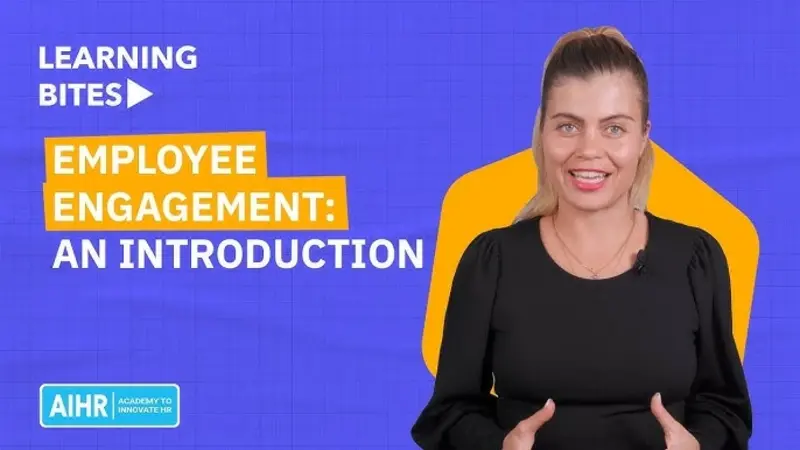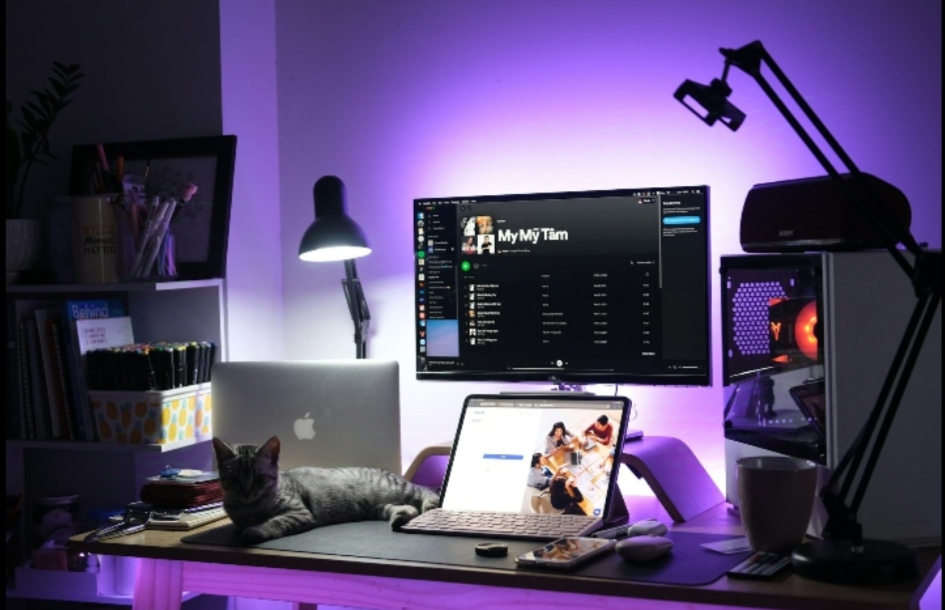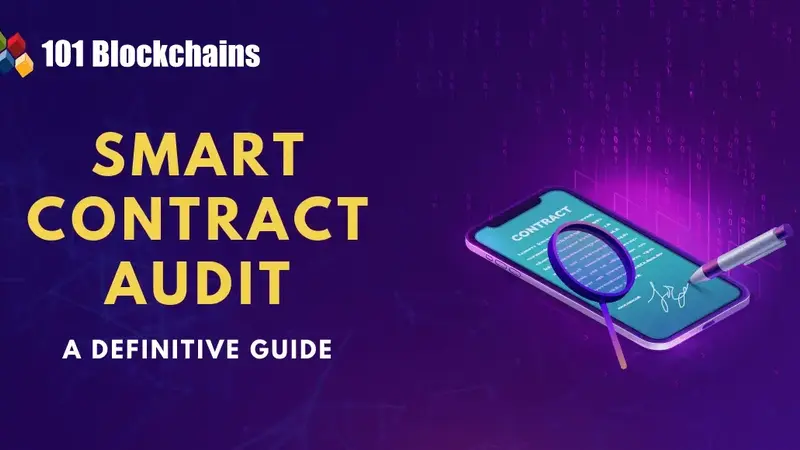Did you know that over 85% of companies use video for employee training? That’s among the 70% of companies worldwide that have a remote working policy. There are more than enough reasons to digitize training: consistency, increased engagement, reduced costs and versatility, to name but a few. But what happens when corporate networks or regional blocks restrict access to YouTube, one of the most popular training resources? The answer is — companies lose money.
One more figure to put the problem in perspective. According to iProxy, around 65% of remote workers face geo-blocking or corporate restrictions. This creates an army of stakeholders who are dealing with one problem on a daily basis — access to the YouTube platform. The following text explains how companies can use a mobile proxy for YouTube to give their remote workers unlimited access to increase their skills and productivity through continuous learning. Are you ready? Let’s get started.
Reasons for blocking and their impact on business
Leaving aside the political reasons for blocking YouTube, companies justify their blocking policies on the grounds of data security, employee productivity and licensing restrictions. We must recognize the validity of such concerns: in the US, companies lose millions of dollars each year because employees watch YouTube videos during work hours. The potential monetary loss can be in the millions of dollars annually. Geographical reasons for YouTube bans include copyright and licensing, local laws, and political censorship, but the most important is price discrimination. That’s when the same product is priced differently in different regions.
Here’s a short list of reasons corporations in the U.S. block YouTube access for their employees:
- Preserving Focus: Belief that employees spend too much time watching non-work-related content, from cat videos to music.
- Bandwidth Hogging: Concerns that streaming videos slow down the corporate network, even though this is rarely a major issue with modern infrastructures.
- Reputation Management: Fear that employees might comment on videos or post something that reflects poorly on the company.
- Legal Concerns: Avoiding potential exposure to copyrighted material or inappropriate content that could lead to legal issues.
- “Entertainment is a Distraction”: The organization views entertainment as counterproductive, even for educational purposes, and enforces a strict work culture.
Whatever the reason, these restrictions have a downside. Studies show that restrictions on educational resources on YouTube can cost companies significant amounts of money. For example, companies that can’t use YouTube to train their employees lose up to a third of their bottom line and, most importantly, employee loyalty. Restricting access to valuable content on YouTube also affects the ability of remote workers to learn and grow. It is impossible to measure the damage to an organization from a YouTube ban policy in monetary terms alone — human capital suffers too. So there is a solution to this problem on the part of the employees themselves — it is the use of proxy services, including mobile for YouTube, to get around these blockages. MIT Technology Review is fully aware of the implications of restricting access to YouTube for corporate employees.
- The counter-argument is, “Doesn’t that violate corporate privacy policies?”
No. Secure proxies can be controlled by IT, minimizing the risks.
How proxies can help you get around YouTube geo-restrictions
Proxy servers have proven to be an effective tool for providing access to YouTube content. By installing secure proxies, including mobile proxies for YouTube, employees can view blocked videos without violating company policies or risking being blocked by YouTube.
How it works. Proxy services work by encrypting traffic and bypassing regional blocks in a way that preserves device performance and access to resources.
How to properly install & configure a mobile proxy for secure YouTube access?
- Choose a proxy service that offers high speed, security, and stability.
- From your ISPObtain the IP address and port number of the proxy server.
- Setting up a proxy on the device:
- Windows:
- Go to Settings > Network & Internet > Proxy.
- Enable “Use proxy server” and enter the IP address and port.
- Save your settings.
- Mac:
- Open System Preferences > Network.
- Select the network you are connected to, then click More for additional options.
- Go to the “Proxy” tab and enter the proxy server information.
- Save your settings.
- Windows:
- Setting up a proxy in the browser:
- Chrome:
- Go to Settings > System > Open Proxy Settings.
- Enter the proxy server information in the appropriate fields.
- Firefox:
- Go to Settings > General > Configure Network Settings.
- Enter your proxy server details.
- Chrome:
- Checking connection: Go to YouTube and make sure blocked content is accessible.
Installing & configuring a mobile proxy on Android — steps:
- Open settings:
- Path — “Settings” > “Network & Internet” > “Mobile networks”.
- APN setting:
- Select “Access Points (APN)”.
- Click on the active APN to edit.
- Entering proxy data:
- Enter the proxy IP address and port provided by your ISP (for example, gate.iproxy.com:7000).
- Saving settings:
- Click on the three dots in the top right corner and select “Save”.
- Network reboot:
- Disable and re-enable your mobile network to apply the changes.
- Checking connection:
- Open your browser and make sure YouTube is open.
The special thing about using a mobile proxy to unblock YouTube on Android is that your device is assigned dynamic IP addresses. This ensures anonymity and security. However, the most convincing argument in favor of this service is the ability to watch YouTube content on a mobile device while doing other things and maintaining productivity.
The role of YouTube as a training tool
New technologies, techniques, and tools require employees to constantly adapt. Employees who do not have access to educational resources due to corporate or geographic constraints may not be able to keep up with the ever-changing work environment. The solution to this problem is free employee access to educational content on YouTube.
Types of learning content on YouTube:
- Training videos and courses
- Scientific and documentary films.
- Webinars and lectures.
- Language courses
- DIY and master classes.
YouTube as a training tool has a number of advantages: accessibility, flexibility, interactivity, self-paced learning and variety of content are not exhaustive. Videos can teach employees new skills much faster than text-based manuals. Free access to them improves overall productivity.
- Counter-argument: “What about controlling personal use of YouTube?”
Proxies can be set up to control and restrict access to nonwork related content.
Conclusion
Both companies and their employees lose out when YouTube is blocked. The solution lies on the surface — mobile proxy servers. Providing unlimited access to training content via secure proxies is an effective solution for training remote employees. As the demand for continuous learning grows, using platforms such as YouTube can improve employee skills, engagement and overall business performance. Don’t let unnecessary restrictions hold your team back — unlock the full potential of YouTube and give your employees the tools they need to thrive in an ever-changing professional environment. Read all about YouTube’s revolutionary role as an education platform on Euroeducation.net
Answers to common concerns:
- “What about security?” — Proxies can be monitored by IT to minimize risk.
- “Won’t it slow down the network?” — Proxies can be configured for optimum performance.
- “Employees may waste time on entertainment content” — Access can be customised to limit non-work use.
“Mobile proxies complicate the IT infrastructure and increase the burden on IT” — Modern mobile proxy services for YouTube on Android are easy to integrate and maintain. We implement them as part of the existing IT infrastructure.



